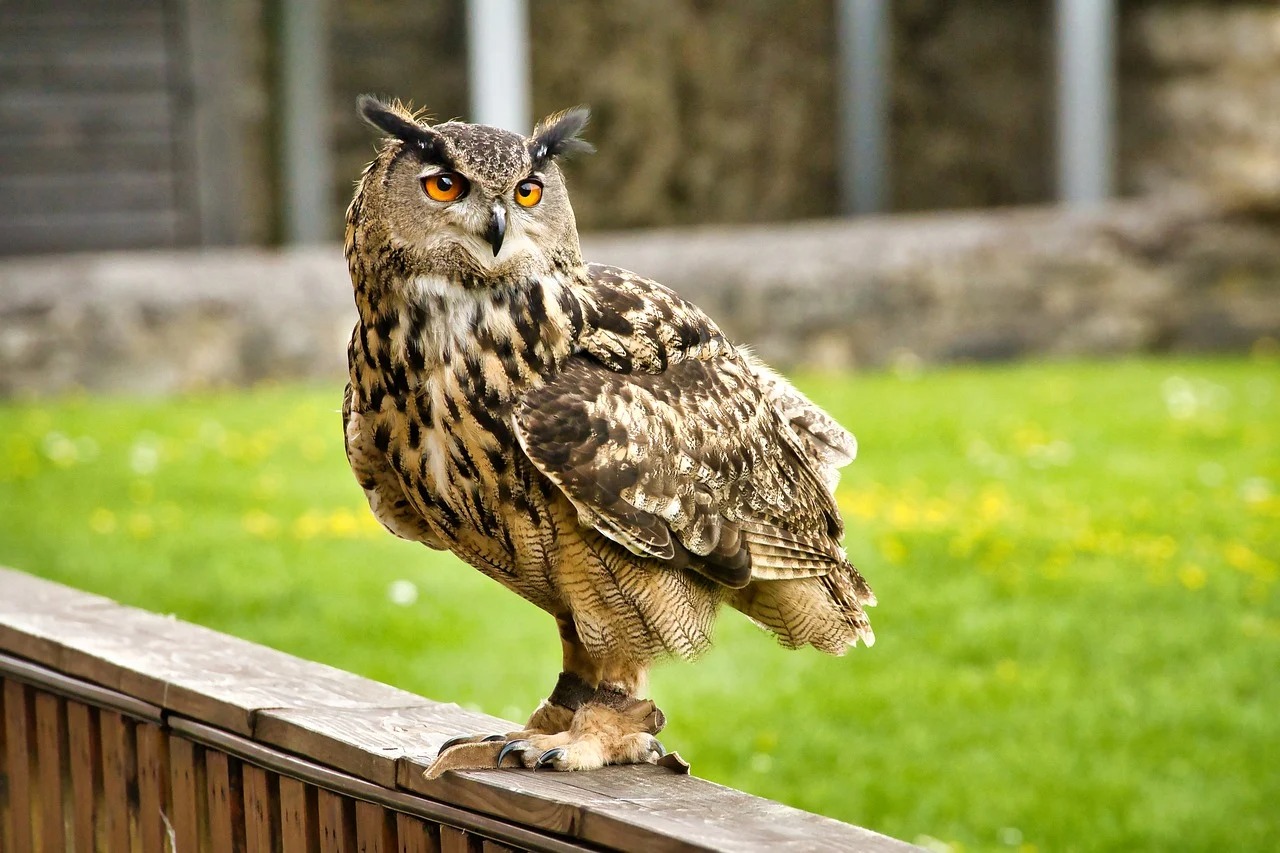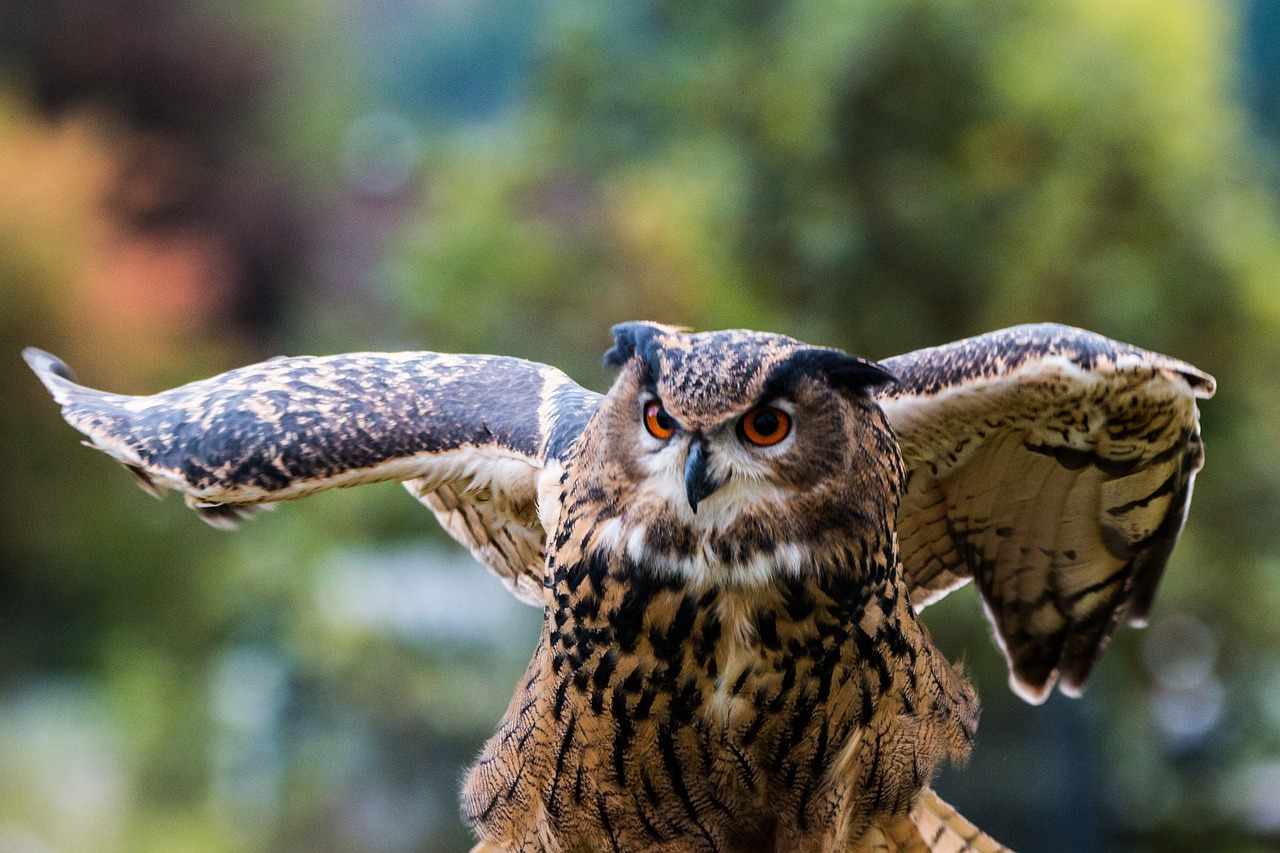Over the weekend, New York City saw the emergence of memorials honoring Flaco, a Eurasian eagle-owl whose untimely demise occurred on Friday, believed to be the result of colliding with a building on the Upper West Side.
Flaco’s remarkable ability to survive for a year in the bustling metropolis of Manhattan following his escape from the Central Park Zoo last February captured the imagination of many city dwellers. His story served as a captivating illustration of instinctual resilience and the captivating presence of urban wildlife.
However, Flaco’s passing may offer a poignant lesson. He joins the staggering statistic of approximately one billion birds that succumb to building strikes annually in the United States.

New York Eagle Owl, Flaco (Credits: Pixabay)
Building collisions rank among the primary causes of avian fatalities—and remarkably, they represent one of the most manageable threats to bird populations, as noted by Christine Sheppard, director of the glass collisions program at the American Bird Conservancy.
“This is one conservation challenge where the solution is clear,” Ms. Sheppard remarked. “We possess the knowledge of how to address it; now, we simply need widespread adoption of these measures.”
Building strikes pose a significant threat to bird populations, particularly in urban areas where glass windows can be mistaken for open space or reflections of habitat. The issue is exacerbated during migration seasons when birds are in transit and unfamiliar with their surroundings.
The problem is not unique to New York City; it is a nationwide concern. However, the death of Flaco has brought renewed attention to the issue, sparking discussions about how to prevent future tragedies.
According to experts, there are several simple and effective ways to mitigate the risk of building strikes. Installing window decals or films that make the glass more visible to birds can significantly reduce collisions. Turning off unnecessary lights at night can also help, as birds are less likely to collide with buildings in the dark.
Additionally, landscaping around buildings can be designed to create bird-friendly habitats that draw birds away from windows. These measures not only protect birds but also contribute to biodiversity and create a more sustainable urban environment.
Flaco’s story has touched the hearts of many, prompting an outpouring of grief and calls for action. Memorials in his honor have sprung up across the city, serving as a reminder of the fragility of life and the importance of protecting our natural world.
As we mourn the loss of Flaco, let us also take this opportunity to reflect on our impact on the environment and commit to taking action to protect and preserve the wildlife with which we share our planet.























